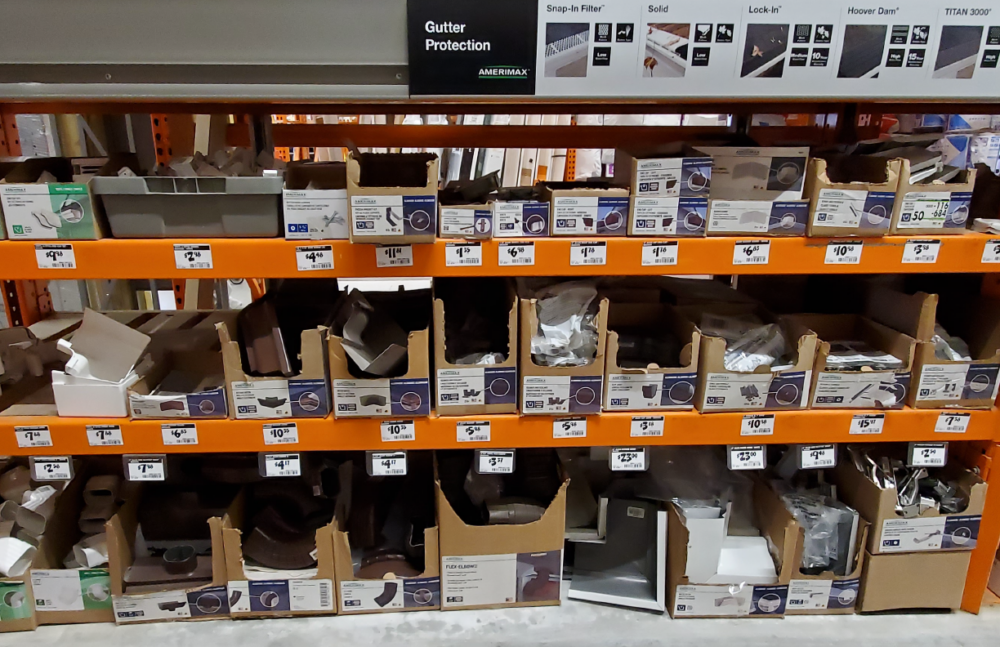
We’ve often talked about the importance of product packaging. Packaging isn’t just there to sell your product and protect it: It’s an opportunity to really say something about who you are as a brand. But it doesn’t stop there. Your packaging can also help improve your brand’s sustainability and save you money all at the same time. How? We’ll show you.
What Is Rightsizing?
Rightsizing packaging refers to using the right amount of material to package products, ensuring branding prominence without sacrificing protection or overall packaging quality. It’s a delicate balance to find the sweet spot between what’s economical for the product manufacturer to finance, and what makes the product look good on the shelves.
There are many factors that go into rightsizing packaging. For instance, your product’s packaging should be multifunctional, giving your product protection while also making it appealing on the shelf. It should also be a realistic and optimal size not only for shipping, but also for the trip home in a customer’s car or even for home storage, too. On the other hand, there’s also the need for shipping air, or certain amounts of open space within the package, to protect the product while in transit or retail storage.
Over-engineered packaging might offer more protection, but it can waste materials and resources and burn through your budget. But you shouldn’t blindly reduce your packaging, either. Under-packaging can cause product damage while in transit, leading to more waste when products must be returned or trashed. Shipping air will protect your product, but too much of it means a larger package. This can make transit less efficient, thereby eating into your shipping budget. Your job is to find a kind of Goldilocks Zone for your packaging: not too big, not too small, but just right. Get it wrong, and your product’s performance and environmental footprint can both suffer.
Why Rightsizing Packaging Matters
Rightsizing is not just about material optimization: It can translate to substantial cost savings in the long run. More efficient use of materials means reduced production costs, which can then potentially lead to lower prices for consumers. It may also help cut down on shipping costs. If budgeting is your bugaboo, rightsizing your product packaging could help you save considerably.
Rightsizing also provides an opportunity to promote your product’s sustainability. In 2018 alone, the EPA found that containers and packaging generate a lot of waste. In total, that waste amounts to 82.2 million tons of trash. By rightsizing, companies can significantly reduce this waste.
The ecological footprint of each packaging material can vary. Plastics, especially non-recyclable varieties, will eventually end up in a landfill. However, for each non-sustainable material, there are plenty of ecofriendly options, like recycled cardboard, molded wood pulp padding, bio-based or biodegradable resins, and more.
Strategies for Rightsizing Packaging
Material Assessment: What’s in your packaging? And how much packaging do you use? Take the time to question why your packaging is the way it is now, and what you can change. For instance, is your product’s box wall the appropriate thickness? Perhaps there’s a different thickness you can use or a redundant piece that you can eliminate to improve weight and size. Remember, you’re aiming for the Goldilocks Zone. Using recyclable or compostable materials can also significantly reduce a product’s environmental impact. Options range from biodegradable packaging to plastics that are readily and easily recyclable. Plastics that use any amount of recycled material are also an option. As material sciences investigate new packaging solutions, there may be more options soon.
Design Innovations: Modern packaging leans toward modular designs that can fit together to save space. This multi-component packaging also offers flexibility and design opportunities while saving money. Many brands have been able to leverage this approach in their packaging without sacrificing style. If you’re so inclined, the minimalistic design approach can also ensure the right balance between branding and sustainability. Sometimes, less is more.
Technology and Automation: The technological realm has provided tools like 3D scanning to determine the optimal package size. Just one scan from an automated packaging machine helps it determine the proper size based on factors like quantity and weight. This takes the guesswork out of rightsizing packaging for every product.
Embracing rightsizing is about more than saving money: It can help your brand make a positive impact on the environment, and it’s just good business. This journey of rightsized, sustainable packaging affects every person who will interact with your product, from your manufacturing floor to shipping handlers to retail stores and to customers. Understanding, advocating for, and implementing rightsized packaging can be our contribution to a more profitable and sustainable future.